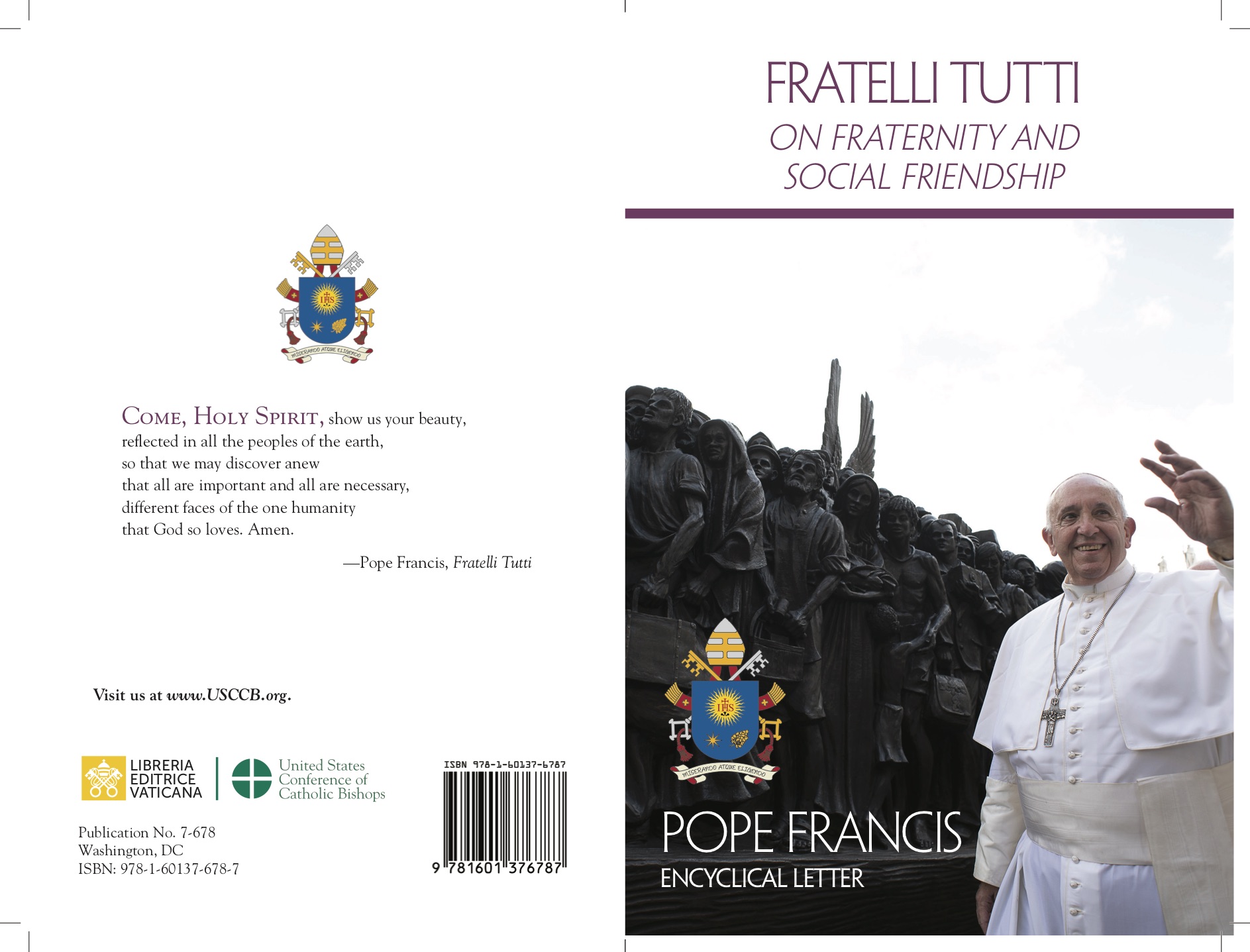
When we think of a female artist, the mage that comes to mind is often intertwined with that of madness. In the collective imagination of the past, female creation was often reduced to an impulsive, irrational, almost feverish act. A narrative that, despite originating from patriarchal tradition, finds the embodiments in certain figures from the history of art both fascinating and complex. We need only think of Camille Claudel (1864-1943), the extraordinary sculptor and student of Auguste Rodin, whose talent was overshadowed by her tortured relationship with the master. Her art was often perceived as an expression of emotional instability rather than creative genius, so much so that her family had her committed to a psychiatric asylum, where she spent the last thirty years of her life forgotten by all. Another sad example is Séraphine Louis (1864-1942), known as Séraphine de Senlis, a self-taught painter whose talent was only discovered late by the critic and collector Wilhelm Uhde, with whom she worked as a housemaid. Her works, characterized by intense colors and almost visionary floral patterns, were interpreted more as the result of a mystical and obsessive inspiration rather than a genuine artistic process. Following a breakdown due to the collapse of her career during the Great Depression, she too was interned in a psychiatric hospital, where she died in solitude.
However, there are artists who did not passively succumb to madness, nor did they allow themselves to be defined by those who considered them “different”. Instead, these artists transformed their alienation into a powerful creative tool and a revolutionary means of expression. Among them is Yayoi Kusama, who was born in 1929 in Japan. Today, she is one of the most famous living artists in the world for her visual language marked by obsession and repetition, in constant dialogue with her psyche. In childhood, she became fascinated by the patterns of her family’s tablecloth. She suffered from hallucinations, an experience she was able to transform into a source of inspiration from her youth. In the 1950s, Kusama was eager to establish herself in the avant-garde art scene, do left Japan to move to New York. Before leaving, she wrote to Georgia O’Keeffe (1887-1986), whom she deeply admired, asking for advice on how to make her way in the art world in the United States. The American artist, who also went through periods of psychological fragility, even halting her career for an extended period, responded with encouragement, offering advice on how to navigate the local art market. During this time, Kusama developed her famous Infinity Nets, which is also the title of her autobiography. These were large canvases covered in repetitious, almost obsessive marks that, along with her mirror installations and polka dots, are explicit attempts to dominate anxiety and inner emptiness. Convinced that “our Earth is just a speck among a million stars in the cosmos”, Kusama began creating works that were capable of dissolving structure and center, while immersing the viewer in a boundless vortex to explore the unknown. Nevertheless, success did not prevent her from falling into deep crises, and in 1977, she voluntarily decided to live in a psychiatric clinic in Japan. Today, Kusama is known for her immersive and captivating art, and for the Immersive Infinity Rooms, through which she has managed to transform obsessive-compulsive disorder into an iconic stylistic trademark, even influencing fashion, as demonstrated by her collaboration with Louis Vuitton in 2023. By integrating therapy into her creative process, Kusama’s work demonstrates the power of art to heal, transform, and transcend boundaries, and become a means of infinite connection.
An emblematic Italian case is that of Carol Rama (1918-2015), Both a visionary and a rebellious artist who managed to overturn the narratives imposed on madness and femininity. Although her childhood was spent in comfortable conditions, her life was soon marked by deep trauma, such as the suicide of her father and the internment of her mother in a psychiatric hospital. These events profoundly influenced her artistic sensitivity and transformed her approach to painting into a form of healing and survival. Her early works depict female bodies in explicit and disturbing poses, drawn from her memories of visiting her mother: “[…] I didn’t understand I was in a psychiatric environment and […] I saw these women, crouched on the floor with their legs spread apart, their backsides in the air, and I thought the whole world was like that, right?”. It was this perception of the world that shifted her view, leading her to consider normality as a social construct and to recognize madness as a condition that challenges conventions. The image of those women, so far removed from social expectations, helped shape her artistic approach, where irregularity, transgression, and sex as a tool of resistance became essential elements of her art.
Carol Rama never defined herself as mad, but she played with the concept of “deviance”, while rejecting psychiatric labels and transforming pain into subversive art. Her work went through various phases, from early watercolors to bolder assemblages, culminating in pieces that question madness and marginality. Today, she is recognized as one of the most original and revolutionary artists of the twentieth century, and celebrated for her ability to subvert the boundaries between normality and madness, intimacy and provocation. Her exploration of the body and material, far from easy-to-consume labels, offers new interpretative entry points to her work, which remains a powerful act of rebellion and freedom, in which madness becomes an extreme form of clarity and sex a tool for social and political struggle.
The stories of these artists demonstrate how madness, whether real or perceived, can be reworked into an innovative and liberating artistic language, when it is stripped of the rhetoric of weakness and transformed into a weapon of emancipation. Kusama, Rama, Claudel, and Séraphine de Senlis confronted stigma by turning it into creation, proving that the boundary between genius and instability is often a cultural construct rather than an absolute truth. Their “madness” is not a passive condition, but a generative force, a field of exploration that led them beyond the limits imposed by the art system. In an era when the concept of normality is constantly questioned, their work reminds us that madness, rather than a disease, can be an extreme form of clarity.
by Giorgia Calò
Art historian and critic, Director of the Jewish Cultural Center of the Jewish Community of Rome.













 Purchase the Encyclical here Fratelli Tutti
Purchase the Encyclical here Fratelli Tutti
